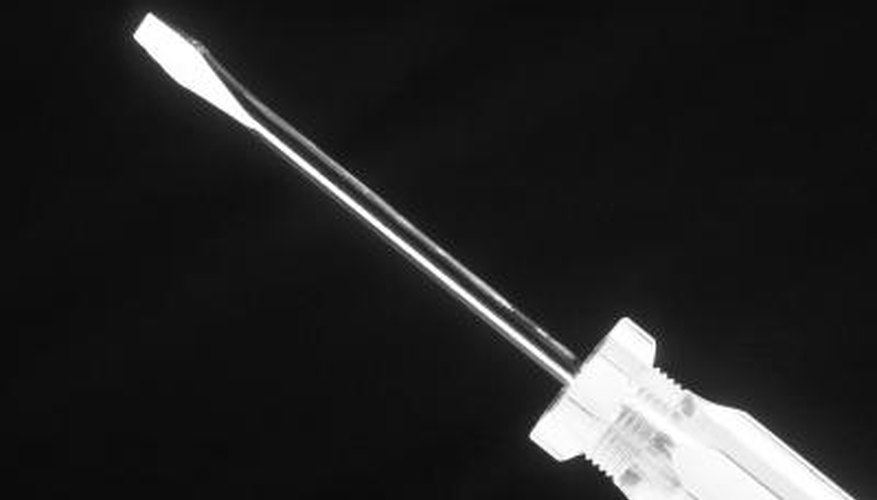When it comes to boat performance, the throttle cable is often an overlooked component that can dramatically impact the efficiency and responsiveness of your vessel. Proper adjustment of your throttle cable has the potential to enhance your boat’s acceleration, responsiveness, and overall drivability. This post delves into the intricate art of throttle cable adjustment and how it correlates with improved performance, ultimately promising a thrilling shift in your boating experience.
To begin with, let’s consider what the throttle cable actually does. The throttle cable is a vital link between the throttle control (the lever you manipulate) and the engine’s throttle body. When you pull on the throttle, the cable transmits this action to the engine, dictating how much air and fuel enters. A precisely tuned throttle cable allows for immediate engine response, while a misadjusted cable can lead to sluggishness or even stalling.
So, how do you identify whether your throttle cable needs adjustment? A few telltale signs include inconsistent engine response, difficulty in controlling speed, or the inability to achieve maximum throttle. If your boat feels less sprightly than usual or if there’s a noticeable delay in how it responds to your commands, it may be time to investigate further.
Firstly, gather the necessary tools: a socket wrench, a screwdriver, and, if you have one, a throttle cable adjustment tool. Familiarize yourself with your boat’s engine compartment and locate the throttle cable. Typically, it lies alongside the engine block, connected at both the throttle control and engine throttle body.
The adjustment process begins with visual inspection. Look for any visible signs of wear, fraying, or undue slack in the cable. A cable that appears loose may hinder the immediate responsiveness desired during critical boating moments. If adjustments are necessary, locate the adjustment screw on the throttle body, which is often marked for your convenience. Depending on your engine model, there may also be a spring tension adjustment that can further refine throttle response.
Before making any adjustments, ensure the engine is in neutral and the throttle is at idle. This precaution protects both you and your vessel from unintended acceleration while you tinker. For the mechanical types, you will want to check that the throttle control arm moves freely. Hold the throttle at full throttle for a moment, ensuring the cable retracts smoothly and efficiently. A sticky throttle indicates the need for maintenance or replacement rather than just adjustment.
Now, the crux of the adjustment. Slowly turn the adjustment screw clockwise to tighten the throttle cable and increase responsiveness or counter-clockwise to loosen it. Take your time—a small movement can have significant ramifications. It’s advisable to make minuscule adjustments and then test the throttle response by engaging the throttle and observing the engine’s reaction. Repeat this process until you achieve the desired immediacy in response.
After adjustments are made, it is essential to ensure the throttle attachment is tight. A loose attachment can lead to further issues down the line, disrupting the seamless interaction you’ve just worked hard to establish. Take a moment to visualize the entire throttle setup, checking for any potential obstructions or misalignments that could impede this refined connection.
Once adjusted, it’s time to unleash your newly tuned throttle cable on the water. Take your boat for a spin, gradually increasing speed while keeping an ear tuned for engine response. You should notice a more engaging connection between your inputs and how the boat accelerates. Each twist of the throttle should feel instinctual and intuitive rather than casual or hesitant.
However, it is vital to keep in mind that while adjusting your throttle cable can significantly enhance performance, this is just one aspect of an intricate network of systems that contribute to your boat’s overall effectiveness. Regular maintenance checks, proper lubrication of moving components, and vigilant inspections of related systems—like fuel delivery and air intake—are all equally vital. Think of your throttle cable adjustment as part of a broader symphony; each instrument must be finely tuned to create a harmonious boating experience.
Caring for your throttle cable not only prolongs its life but also enhances your safety on the water. Proper adjustments ensure that you can react rapidly in situations demanding quick navigation or speed changes. Knowing your throttle is responsive instills confidence whether you’re navigating busy waterways or skimming the surface of a serene lake.
Moreover, the feeling of mastering your boat through such adjustments goes beyond mere mechanical improvement; it fosters a deeper connection with your vessel. There’s a unique satisfaction in knowing you’ve optimized your craft for the water, yielding increased speed, thrill, and an unparalleled freedom that every boating enthusiast seeks.
In summary, adjusting your throttle cable may seem like a small task that is easy to overlook, yet its impact on throttle response and performance is significant. Engage with your vessel on this intimate level; make these adjustments, feel the difference, and transform your boating adventures into exceptional experiences that resonate with your spirit of exploration. The water awaits, and every second counts when it comes to making every outing memorable. Embark on this journey of understanding your throttle cable, and discover how seamless adjustments can enhance not just performance, but the very essence of boating itself.
